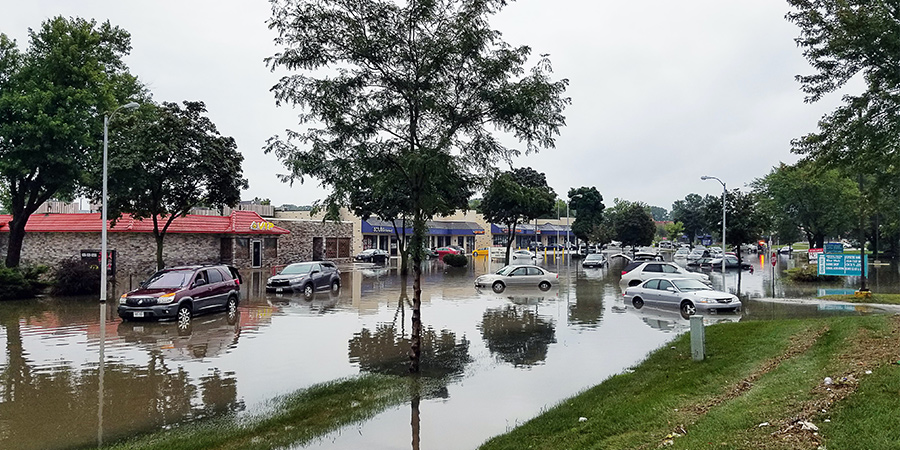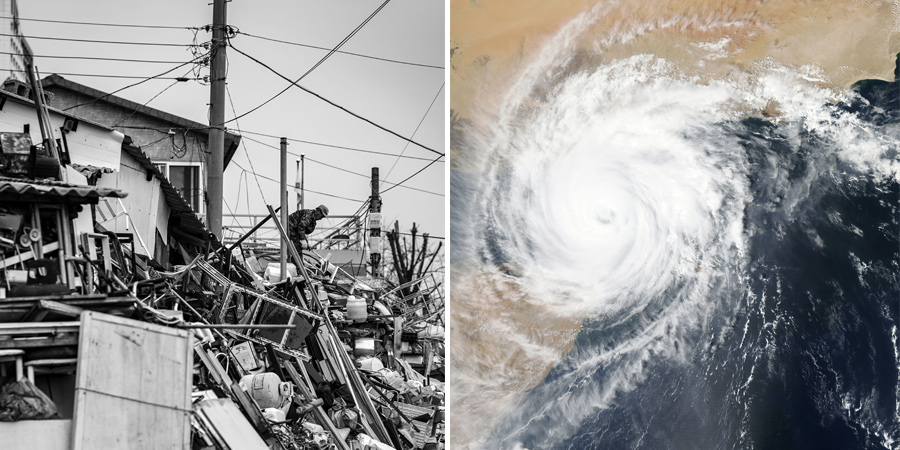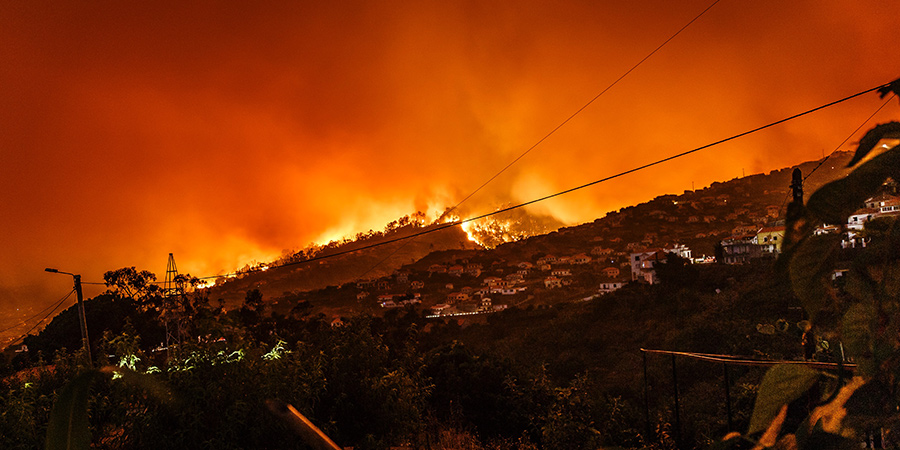Planning for disasters and disaster management plan

On August 22, 2018, the student of class VI of school in the Montunga suburb of Mumbai, Zen Gunratan Sadavarte put to use the training of fire safety she had received from her teacher’s during a faculty project in class III. Zen’s alertness and presence of mind helped save several lives from a fireplace that claimed four lives and left 27 people injured.

During this fire accident 10-year-old girl, Zen Gunratan Sadavarte recalled and put to use the training she had received from her teacher’s fire safety and what to try and do just in case one breaks out, and this helped save the lives of not just her parents but others on Crystal Tower. , which ensured her family remained safe until the hearth brigade personnel arrived. “I wasn’t fearful of the hearth, I used to be rather worried about losing my data,” she said.
We can understand from this instance how the girl’s fire safety training saved many of us from disaster.
Disasters don’t distinguish. They’ll hit any corner of the planet at any time and may take several forms. When a disaster hits, be it a natural disaster or a workplace violence, being proactive in disaster management planning is also a proper training. It’s a preventative plan designed to scale back the harmful effects of a disaster sort of a hurricane extreme storms and fire.
ASK-EHS suggests that if you would like to ascertain a good disaster management plan, you need to try it long before a disaster is on the horizon. ASK-EHS gives some keys to assembling a solid business disaster recovery plan.
Put People First
We need to position people first. Disaster control is usually made simpler by keeping them safe in an emergency. With a shared effort, employees will execute the protection process and protect each other. Disaster control management must have to consider your employees first. We need should try first while generating a disaster management plan.
- Have your employees’ contact information readily available and updated.
- Contact them as soon as possible, and be told if they’re safe and accounted for.
- Allow them to know that the company cares about them, and be willing to allow for special accommodations, like remote work and versatile hours.
- Sign on with them on an everyday basis, and stay alert in their individual situations
- Keep them informed of the next steps.
- Coordinate volunteer efforts.
- Provide access to an employee assistance program to provide support and guidance.
- Encourage your managers to line up meetings so their teams can talk over with each other about what happened.
- Remember that everyone is personal and can have unique situations and needs – this cannot be a perfect time to use blanket solutions.
It doesn’t add to a disaster. Be flexible. Putting your employees’ well-being at the very best of the list in your disaster recovery planning helps them recover quickly and remain increasingly productive once they return to work.
Leadership know-how
As a leader, it’s important that you simply just have an understanding of your workforce to whom you’ll reckon during a crisis. A part of your business disaster recovery planning assesses the people on your team, plus have an honest understanding of their strengths and weaknesses. People are individuals and have different levels of capabilities when it involves a crisis. Considering this as you place together your disaster recovery plan is paramount to making it successful. It’s helpful to possess emergency roles lined up before. A few points to think about:
- Some people are more apt to retort with a take-charge attitude when it involves addressing a crisis, while others won’t.
- How a private reacts during a disaster is neither good nor bad. It just is and cannot have an impact on how they’re treated or perceived in respect to their value as an employee.
- Some people are over-doers and may need help from you in relinquishing their extra job duties and helping take a transparent stage to avoid burnout.

Working through Considerations Early
If you’re putting in place a disaster site as part of your plan, you need to figure out your considerations pretty early. Take an example – Location: How far is your disaster recovery site from your original site? If it’s far-off from your original site, employees may have trouble visiting it. You furthermore may have to contemplate how long you’ll use the recovery site before your parent site is active again. If your employees have access to certain technology to undertake their jobs, the recovery sites should definitely have it.
Emergency preparedness
A solid disaster recovery plan requires thinking ahead and preparing as many resources as possible to assist you when a crisis hits. The simplest place to stay this information is in your employee handbook so that it is accessed easily.

Planning for disaster recovery means understanding the importance of taking care of your people while, at the same time, keeping your business operating as smoothly as possible during and after the crisis.



Good and informative ??
Ideas and Suggestions good. The main success of such type of management / training is to make the people Confident and Calm at the time when any type of disaster hits, Also to anhance the skills to use advance tools and technologys to over come the situation.